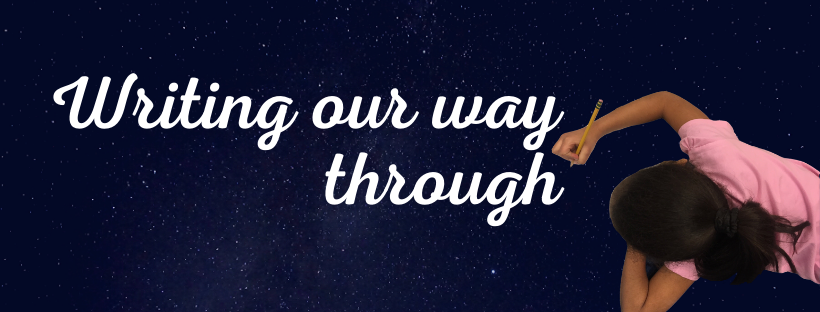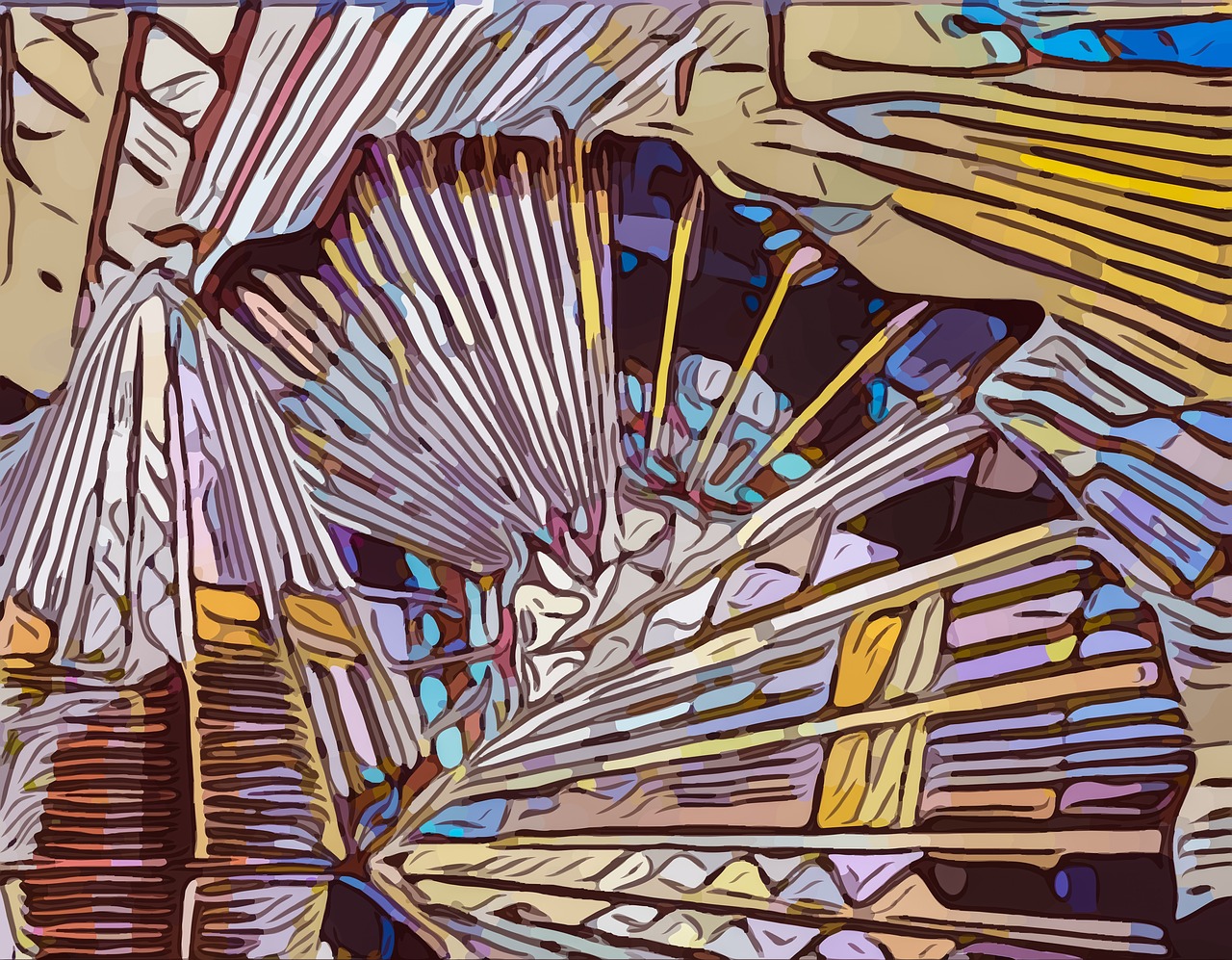Writing Lessons for the Kitchen Table
At Teachers & Writers Collaborative, we have been working in partnership with public schools and community organizations for over fifty years. For the first time in the history of our organization, many of our programs are unable to continue as scheduled due to the global pandemic. With so many parents and guardians at home with their kids, we want to offer clear, fun, and engaging “lessons” for writing at home with young people.
We believe that imaginative writing cultivates empathy, deepens self-discovery, encourages self-expression, and inspires us to become the storytellers and creators that we are. Writing also has the power to connect us across time and space in profound and life-giving ways. This feels especially important right now. Simply put, writing brings us closer together—even when we are apart.
The lessons we will be posting have been adapted with you in mind, so to be clear: “you” do not need to identify as a writer or a teacher in order to make this happen. We are writing these lessons with the kitchen table in mind, or a circle on the carpet with notebooks. In most cases, the only materials you will need are sheets of paper and pencils or pens. We will provide the sequenced steps, the mentor texts, and the inspiring student model poems that you won’t want to miss.
As long as you approach these lessons with an open mind, a willingness to play and to experiment, a commitment to raising illuminating questions without hammering away for answers, you will be delighted by what arises on the page. One rule that we stand by: everyone writes together, and while sharing aloud is always encouraged, it should never be mandatory.
One more thing: writing can always be followed by doodling, drawing, and painting. Keep the art supplies at hand for creative inspiration.
If any of the participants at home feel moved to share what they’ve written, we’d love to read it! You can find us on Instagram (@twc_org), Twitter (@twc_org), Facebook (Teachers & Writers Collaborative). Wherever you share online, include the hashtags #twc, #writingourwaythrough, and/or #wowt. We’re very excited to see your work.
–Matthew Burgess and the Editorial Board of Teachers & Writers Magazine
Writing Our Way Through Activities
Tips: As you get started with Writing Our Way Through, read these tips for encouraging young writers.
Delight Songs:“Delightful Details” take center stage in this activity inspired by N. Scott Momaday’s poem, Delight Song of Tsoai-talee.
What a Wonderful World: An activity that encourages young writers to explore the five senses, inspired by the Louis Armstrong song.
The Lune Link: What do we see when we slow down and really look? In this lesson, use family photographs or magazine images to create 3-line Lune poems.
“Spring Poems” with E.E. Cummings: Celebrate any season by writing original and daring poems inspired by E.E. Cummings and his rambunctious wordplay.
Shout Out Poems: Explore the musical and rhythmic elements of spoken poetry with Sekou Sundiata’s “Shout Out.”
Writing the Soul: An activity for writing poetry about the soul, inspired by poems by Mary Oliver and Walt Whitman.
Collage Poems with “The Jumblies”: Share in the pure joy of language with this lesson which engages word play, collage and poems by Edward Lear and Sonia Sanchez to create original poetry at home.
Ode to Animals: Get the most reluctant writers excited about poetry with this lesson, which explores animal photos and a poem by Luo Binwang, to get students writing Odes about their favorite animals.
The Sound of a Color: Writing Poems that Blend the Senses: In this lesson, learn how to create poems that blend the senses. With the help of this fun activity and a poem by Gayway Kinnell, experiment with vivid metaphor and the feel of words.
Recipe Poems: This lesson introduces the concept of metaphor by inviting young writers to create recipes for abstract things in life.
I Remember: Here’s an imaginative writing lesson to follow up on your WOWT “Delight Songs” poems. Write lyric “list poems” and use anaphora with the help of Joe Brainard’s “I Remember”.
Investigation Poetry: In this lesson, read William Blake’s “Tyger” poem, experiment with ekphrasis poetry and dive into writing descriptive poems with questions, about an object of your choice.
What’s in a Name? Finding Hidden Pictures in the Letters of the Alphabet: This is a fun out-of-the-box exercise by Frank Ingrasciotta in which we visualize and describe the letters of the alphabet as pictures then write poems that riff on these pictures using the letters of our own names. The lesson works especially well for visual spatial learners and reinforces those skills for other young writers.
Teachers & Writers Magazine is published by Teachers & Writers Collaborative as a resource for teaching the art of writing to people of all ages. The online magazine presents a wide range of ideas and approaches, as well as lively explorations of T&W’s mission to celebrate the imagination and create greater equity in and through the literary arts.



